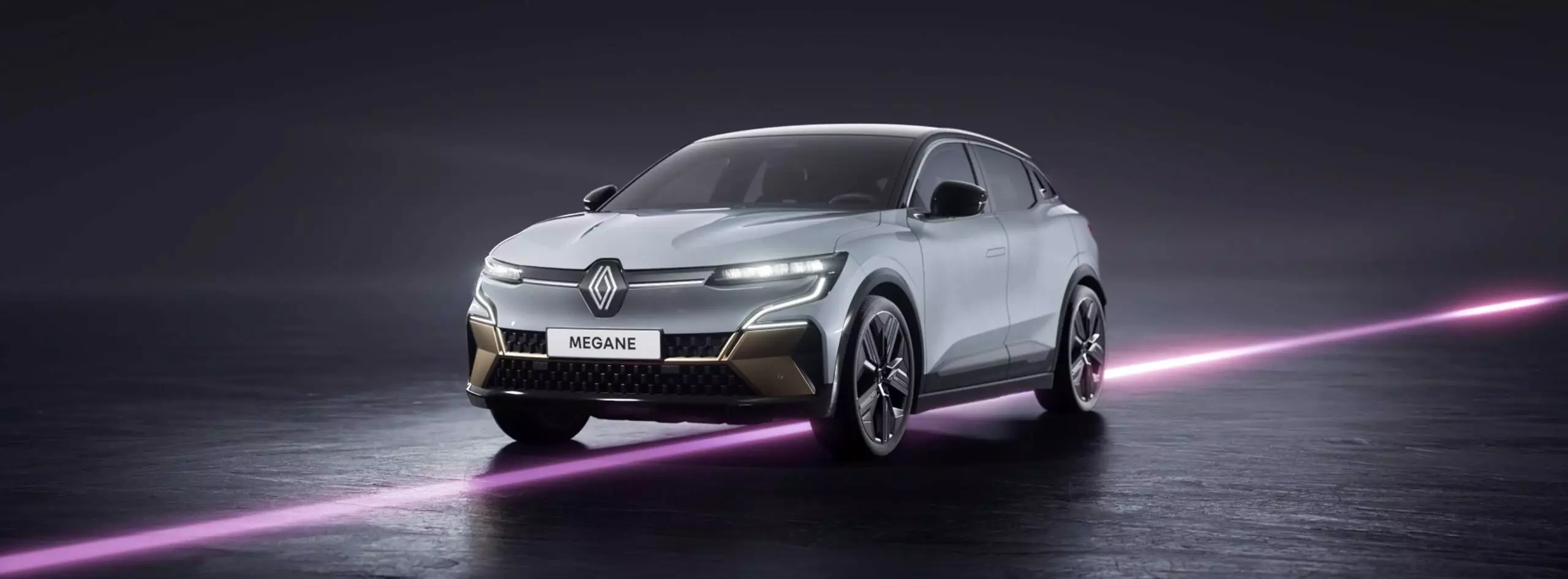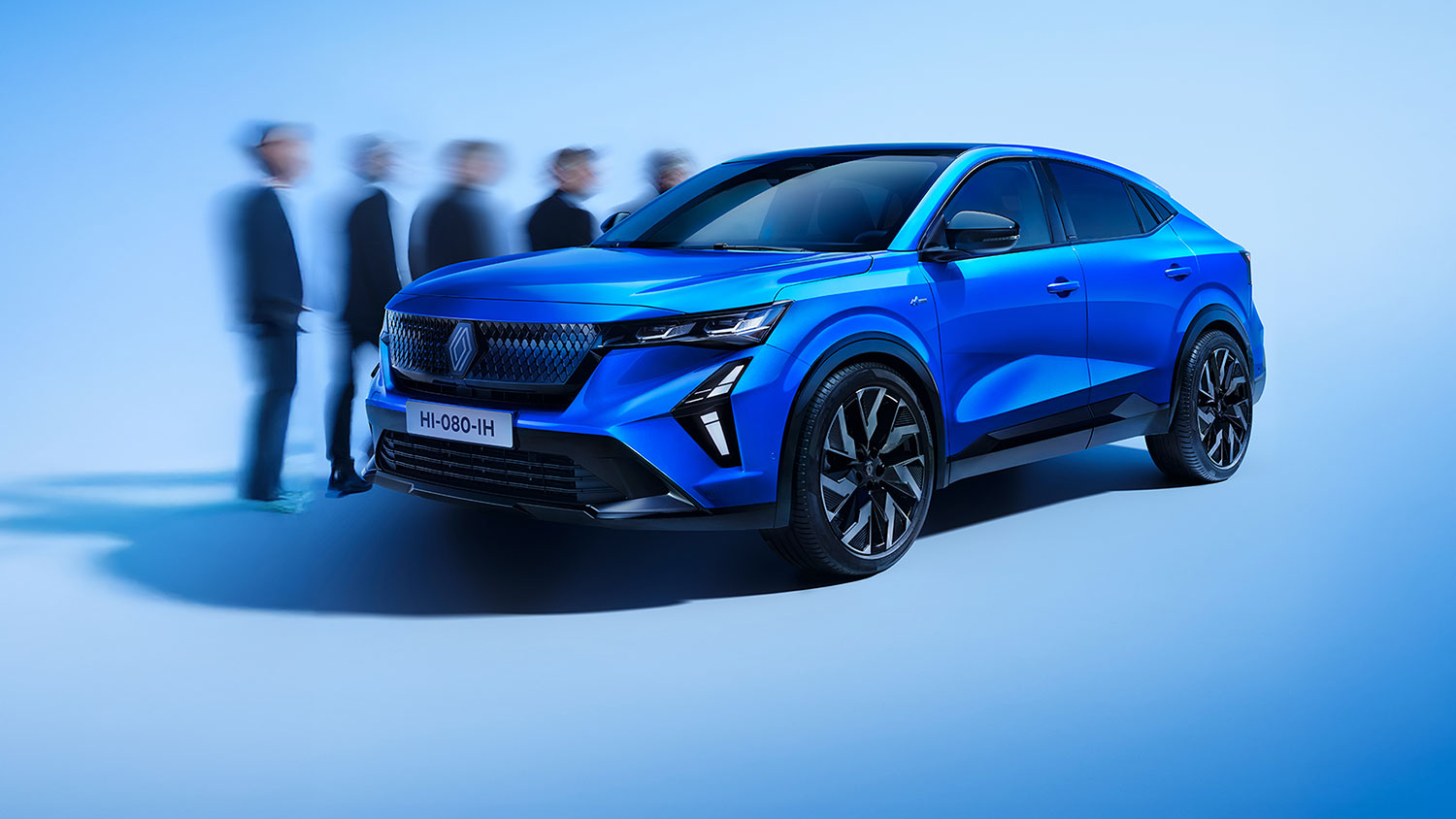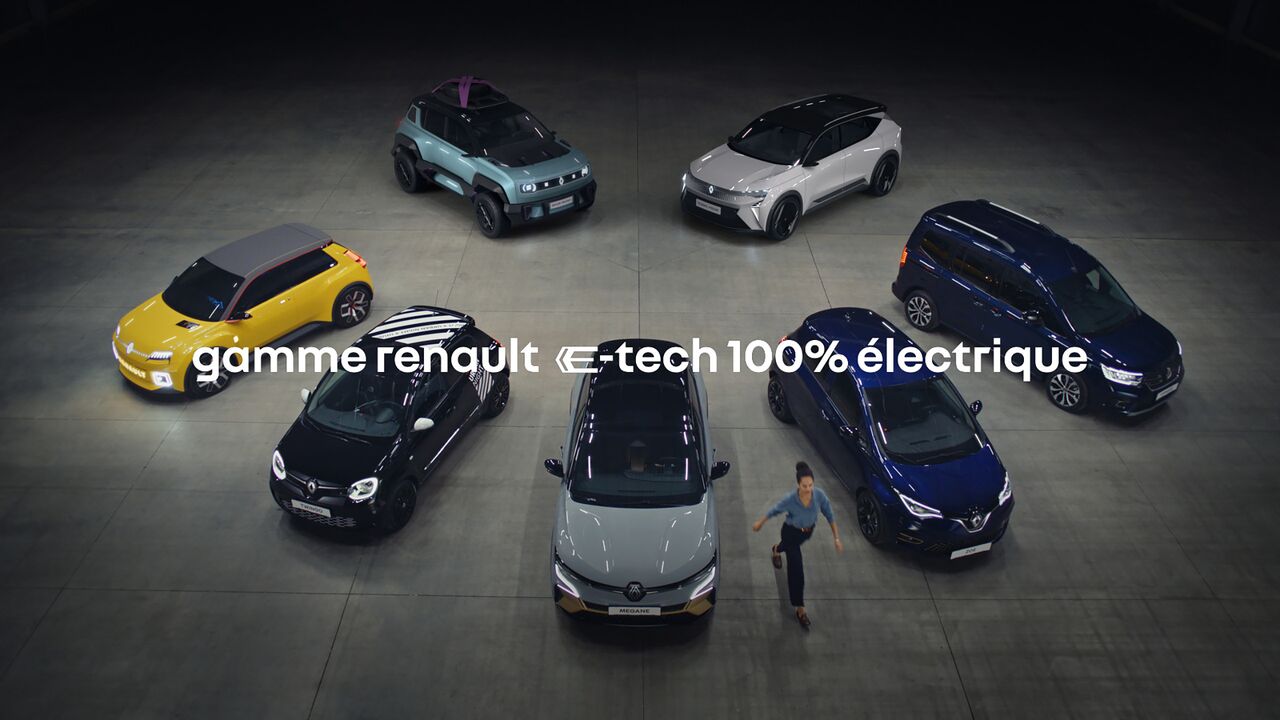YOUR QUESTIONS ABOUT ELECTRIC E-TECH TECHNOLOGY

electric E-Tech, Renault expertise
Find all the answers to your questions about electric vehicles
In terms of reliability, electric cars have nothing to envy of thermal cars.
It is with its expertise in electric vehicles, its experience in Formula 1 and by relying on engineering, development and control teams, that Renault has developed E-Tech technology to make it the most reliable possible :
Electric motors are less complex and require fewer parts and therefore less maintenance. A problem will therefore be easier to treat and repair than on a thermal vehicle.
Their components are as solid and resistant as those of thermal vehicles and more than 30,000 employees are already trained, in the Renault network, to support you in the maintenance of your electric E-Tech vehicle.
Our vehicles equipped with electric E-Tech technology that we offer you today are the result of years of work. We are proud to be able to say that our electrical expertise makes it possible to develop new technologies for ever more reliable electric cars.
First yes and then no.
Yes because their manufacturing has a greater carbon impact than that of thermal vehicles.
And not because the only polluting particles they release in circulation come from brakes and tire abrasion.
If we examine their life cycle, we can say that electric cars pollute… up to 81% less than thermal cars.
To find out more about the carbon impact of electric cars, you can consult the study published on April 21, 2020, by Transport & Environment (T&E).
There are electric vehicles for all uses: personal and professional.
Power, comfort and space are there on our two flagship utility vehicles:
- Renault Master E-Tech 100% electric, the spacious and robust electric utility vehicle
- Renault Kangoo Van E-Tech 100% electric, great comfort for professionals
Starting an electric car is very simple but it is essential to do it correctly.
Whatever your model (key to insert or start/stop button) it is necessary to keep your foot on the brake pedal to validate the starting procedure. You can then release your foot to start your vehicle in silence. Since it is 100% electric, it will not make any noise but your dashboard will confirm that it is running.
To move forward or backward, no clutch, indicate your wish via the selection lever and the accelerator pedal. Press the brake to slow down or stop, the vehicle manages the engine shutdown and restart itself. After starting, you will be able to enjoy smooth driving with dynamic acceleration as well as sharp and immediate acceleration.
In theory, almost everywhere. To charge an electric vehicle you simply need electricity, so each outlet is a potential charging location.
As for so-called “public” sockets, you will often find them in public car parks, shopping centers, on the highway and also on certain car-sharing networks. Many car dealerships also provide terminals, which is the case in more than 400 Renault establishments. The terminals you will find there allow accelerated charging mode (i.e. an average of 1h30 to charge to 80%).
Most :
- the MyRenault application allows you to plan your journeys according to the charging points available on the road;
- The Mobilize charge pass gives you access to the best European charging network.
Recharge your electric car:
- At home, plug it into a household outlet (reinforced or standard) or your wall charging station. Mobilize power solutions supports you in your home charging solution installation project. Order your home charging solution while purchasing your new Renault at the dealership.
- On the road, use one of the many public charging stations. Short on time? Favor fast charging stations. Use the trip planner to locate the nearest terminal and Mobilize Charge Pass to easily pay at the majority of public terminals.
Charging time depends on your vehicle and the type of charging used. You can recover up to 300 km WLTP of autonomy in 30 minutes by fast charging with the electric Megane E-Tech.
For optimal use of fast charging, we recommend only recharging the battery when it has less than 20% remaining autonomy and stopping it at the maximum value of 80%.
The cost of recharging will vary depending on the operator. Billing can be done in different ways: by kW, by time spent (on fast charging stations).
To optimize your charging while roaming, the trip planner offers you the best trip configuration: taking into account the battery and its autonomy depending on the vehicle’s charge, road conditions, identification of terminals (types of terminals and associated prices) . The planner, for example, on the electric Megane E-Tech* will allow you, depending on the schedule of your route, to condition the battery to make rapid charging as efficient as possible.
Mobilize power solutions supports you in your home charging solution installation project. Order your charging solution at the dealership at the same time as your new electric Renault E-Tech or E-Tech plug-in hybrid.
As is often the case, the credit undoubtedly goes to several people rather than just one.
In any case, a few chronological elements allow us to trace its beginnings:
- In 1830, the Scotsman Robert Anderson developed a kind of electric cart.
- Around 1835, Thomas Davenport succeeded him by creating a small electric locomotive.
- In 1859 Gaston Planté invented the first rechargeable battery which would later be further perfected by Camille Faure in 1881.
- Around 1985, a photo shows Thomas Parker posing next to an electric car. Known for having developed the equipment that powered the first electric trams, we can imagine that he was the inventor of the car in the photo… but we cannot completely confirm this.
- Renaut helped to democratize electric vehicles with the launch of Renault Zoé in 2012.
Want to discover our range?

